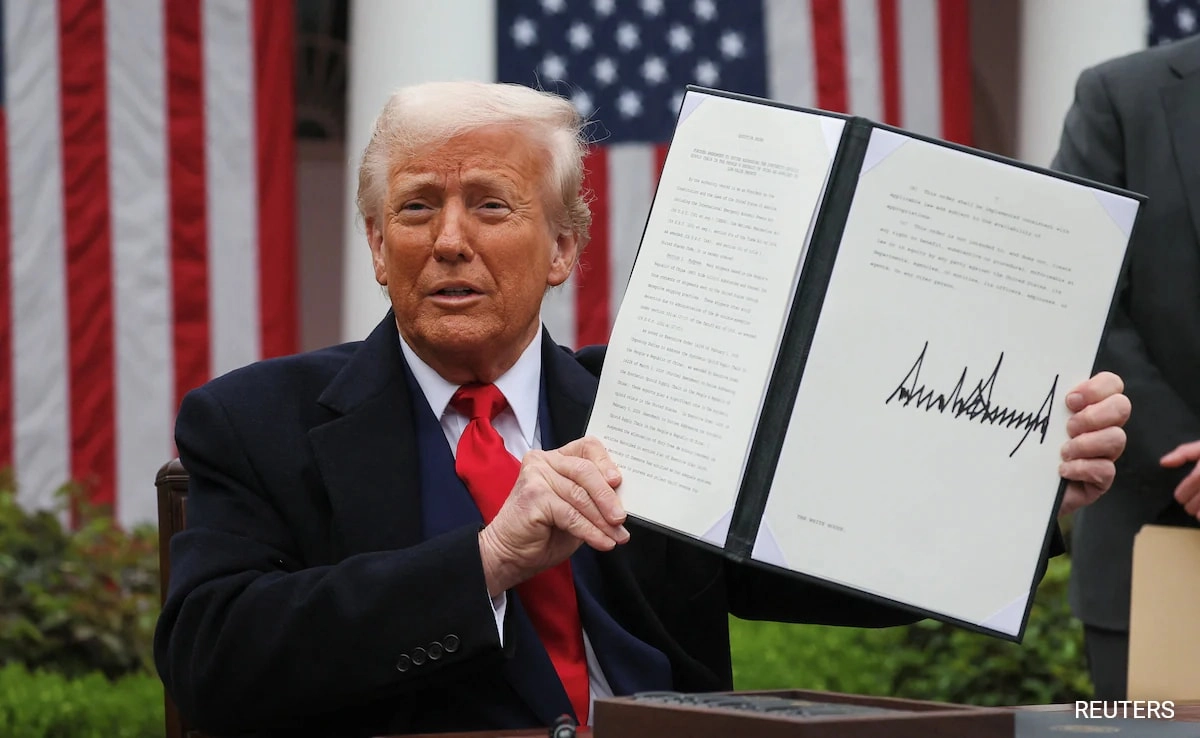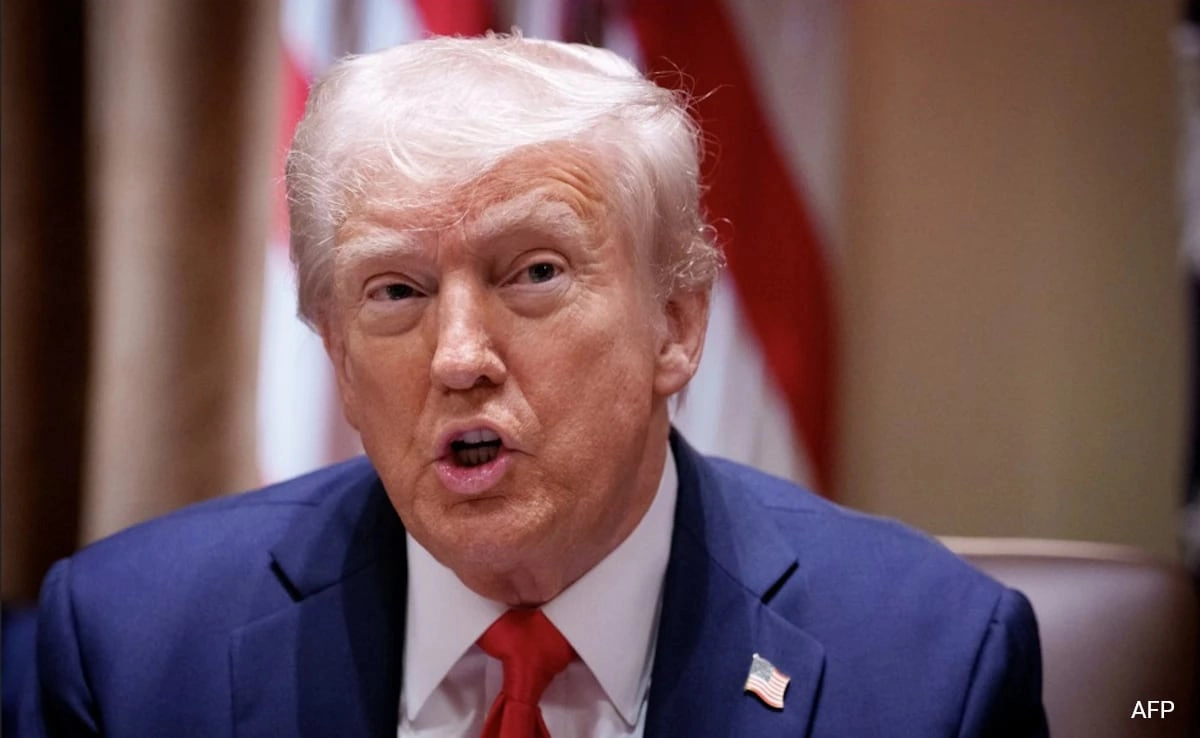In a striking move that could reshape international trade dynamics, President Donald Trump has proposed the implementation of a blanket tariff ranging from 15% to 20% on various trading partners. This initiative is part of his broader strategy to protect American industries and jobs, asserting that such tariffs would help level the playing field against countries that have historically engaged in unfair trade practices. With this proposal, Trump aims to address long-standing trade imbalances that he believes have disadvantaged American manufacturers and workers.
The implications of this tariff could be profound, affecting a wide array of goods and services imported into the United States. Economists and trade experts have raised concerns about the potential for retaliatory measures from other nations, which could escalate into a trade war. Such a conflict could disrupt global supply chains, increase prices for consumers, and potentially lead to job losses in sectors reliant on exports. The administration argues that the tariffs are necessary to bolster domestic industries, particularly in manufacturing, which has faced challenges from overseas competition.
Critics of the proposal warn that blanket tariffs may not effectively target the countries that are the primary culprits of unfair trade practices. Instead, they fear that American consumers will bear the brunt of these tariffs through increased prices on everyday goods. Small businesses, which often operate on thin margins, could also be severely impacted, leading to a ripple effect throughout the economy. As the administration moves forward with this proposal, the debate surrounding the potential economic consequences continues to intensify, highlighting the complexities of navigating international trade relations in an increasingly interconnected world.
In the coming months, the administration will likely face scrutiny from various stakeholders, including lawmakers, business leaders, and international allies. The effectiveness of such tariffs in achieving their intended goals remains to be seen, as the administration balances its commitment to protecting American interests with the realities of global trade. As discussions unfold, it will be crucial for policymakers to consider both the short-term impacts and the long-term ramifications of such a significant shift in trade policy, ensuring that any measures taken do not inadvertently harm the very economy they seek to protect.




